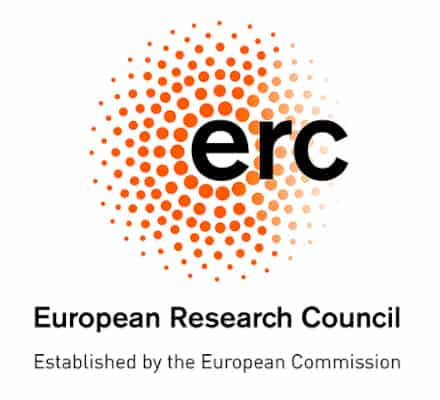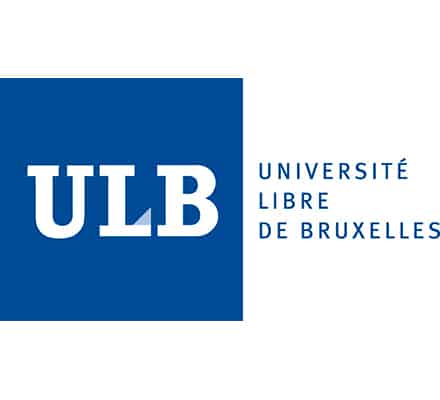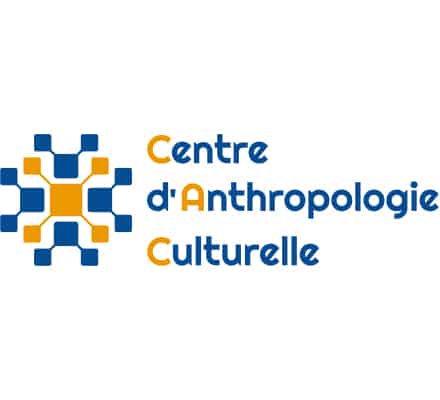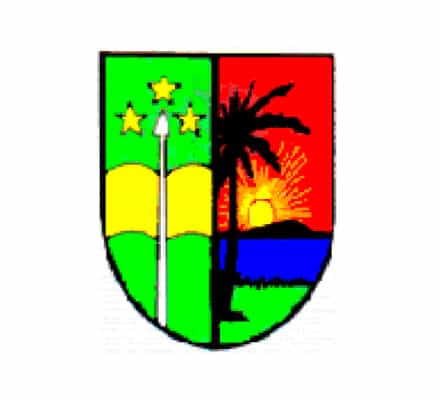About

At a Crossroads of Bantu Expansions: Present and Past Riverside Communities in the Congo Basin, from an Integrated Linguistic, Anthropological and Archaeological Perspective
The eastern Congo Basin is wonderfully diverse on the cultural level, hosting people with complex ethnic identities, practicing complementary subsistence strategies and speaking languages belonging to multiple language groups of Bantu, Ubangi and Central-Sudanic origin.
The history of the region must be fascinating. Where do these people come from? When did they come into contact? What kind of exchanges occurred between them? Yet, few scholars ventured into the early past of the wider region around Kisangani.
The project BANTURIVERS takes a multidisciplinary team on board to investigate the settlement history of the region. Considering that farming is complicated in a rainforest environment, BANTURIVERS also zooms in on the role of rivers, both as ways into the forest and as abundant source of animal protein (fish).
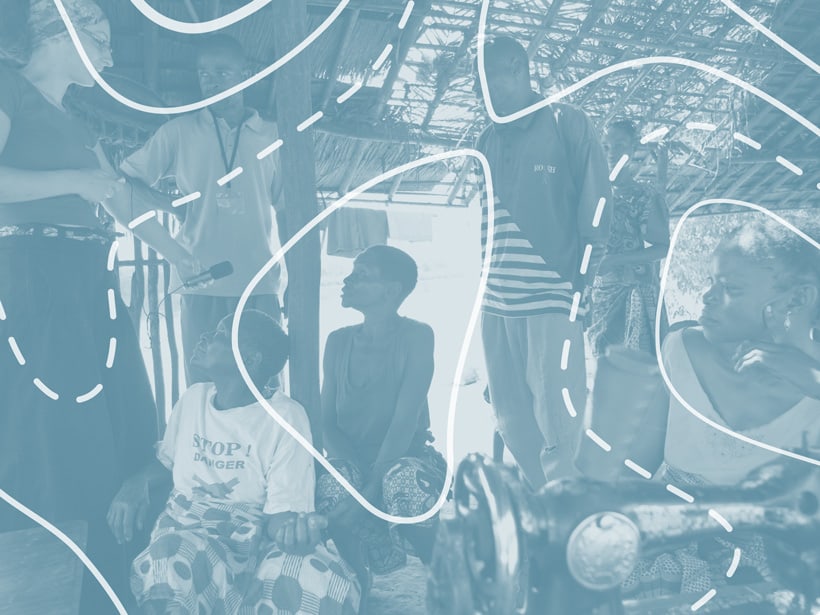
Linguistics
Using present words, sounds and morphemes as keys to the past, the linguists study the origins and itineraries of early speech communities into the eastern Congo Basin, the subsequent exchanges between the diverse communities, and the development of specialized fishing and navigation techniques.

Anthropology
You cannot grasp the past if you do not understand the present. Therefore, the anthropologists investigate current uses of the rivers of the Congo Basin, namely fishing and navigation techniques, the role of fishermen communities in regional commercial networks, and the symbolic world of life at the riverside.
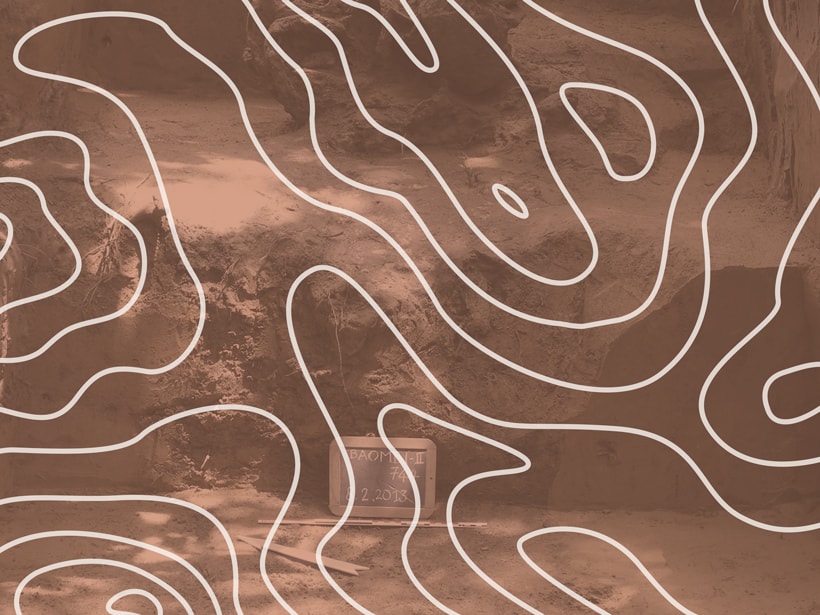
Archaeology
The archaeologists gather present and past data. Interviews with potters, often women of fishermen communities, shed light on pottery techniques and networks. Direct evidence of past material culture is delivered through ground-breaking excavations along the Congo River and its tributaries between Bumba and Kindu
BANTURIVERS: What’s in a Name?
The precolonial past of Central Africa bears many similarities with the rainforest at its heart: at first sight, the region’s long history seems impenetrable because of the absence of written sources predating European and Arab contacts and because of the environmental conditions which complicate archaeological research. Still, like the rivers that render the rainforest accessible, certain methodologies allow researchers to enter into the past and to discover more and more pieces of a very diversified and multi-layered history. Several linguists, archaeologists, historians, geneticists, paleo-environmentalists, and scholars of other disciplines, are involved in research on the “Bantu Expansion”. The term refers to the question how such an enormous language group (400 to 600 languages), in fact only a subgroup of the larger Niger-Congo phylum, spread over nearly half of the continent (Cameroon – south of Somalia – South Africa) in a fairly short time span (just a few millennia). This dispersal was most likely linked to human migrations, even if other forms of language dispersal such as language shift also played a role.
Much of the multidisciplinary research on the Bantu Expansion concentrates on the initial dispersals of early Bantu speech communities proposing routes that avoid the rainforest. The first Bantu speakers are said to have been farmers, or at least farming was part of their subsistence, thus they favoured savannah areas. When climate changes opened up the rainforest, early Bantu speakers could settle in the coastal savannas of Central-Cameroon and Gabon around 4000 BP. Around 2500 BP, the “Savannah Corridor” in the Sangha River Interval enabled the “Bantu farmers” to move southwards, passing the equatorial rainforest to the southern savannas (e.g. Bostoen et al. 2015). Still, at some point, the climate changed and the rainforest got back in shape. This did not result in a split between Bantu-speaking communities north and south of the rainforest. Instead, Bantu speakers moved into forested regions and their languages currently form the dominant language group in the Central-African rainforest. Considering that farming provides a challenge in the rainforest, what facilitated Bantu speech communities to settle in the equatorial rainforest?
Vansina (1990) attributes a major role to the introduction of plantains. Still, plantains and root crops, the rainforest starch foods, are low in protein. Since livestock keeping is limited in tropical conditions, farming must be complemented by foraging techniques like hunting, gathering caterpillars and fishing. Central Africa is not just “green” on satellite maps. A dense river network glistens throughout the equatorial rainforest. Thanks to its many tributaries, the Congo River has the second largest water flow in the world, after the Amazon. Vansina suggests that the rivers of the Congo Basin acted as “highways” through the forest. Indeed, large parts of the Congo River and its major tributaries are navigable and today often provide the best means of transportation in the area. The first archaeological evidence confirms that a rapid river-bound migration may account for the settlement of the region between the Malebo Pool and Kisangani (Wotzka 1995; Livingstone-Smith et al. 2016). It is likely that this swift dispersal was paired to an increased reliance on riverine products. BANTURIVERS thus focuses on the river side of the story: the rivers as highways or as obstacles in the case of cataracts, but more importantly, the adaptation of the respective ancestor communities to a riverine life. We propose a thorough study of the history of the Bantu “river repertoire” and address themes like navigation, fishing and the preparation of fish, but also sociocultural meanings of rivers and riverside life, trade and the geography of riverside villages and activities.
Research scene is the eastern part of the Congo Basin, more specifically the area around Kisangani until Bumba downstream the Congo River and Kindu upstream the Lualaba. The region is culturally very diverse with communities speaking languages belonging to different Bantu subgroups and languages of other phyla, displaying complex ethnic identities, and often specialized in complementary subsistence strategies. Following current theories, the wider region around Kisangani forms the end point of multiple migration routes. People of different cultural backgrounds thus needed to adapt to the local environmental circumstances. No doubt, they exchanged advantageous techniques and knowledge. BANTURIVERS investigates the settlement of the eastern part of the Congo Basin (who came when and from where?) and the specialization of the concerned communities in techniques and strategies adapted to life at the riverside.
References
Bostoen, K., B. Clist, C. Doumenge, R. Grollemund, J.-M. Hombert, J. Koni Muluwa, & J. Maley. 2015. Middle to Late Holocene Paleoclimatic Change and the Early Bantu Expansion in the Rain Forests of Western Central Africa. Current Anthropology 56, 3: 354-384.
Livingstone-Smith, A., Cornelissen, E., de Franquen, C., Nikis, N., Mees, F., Tshibamba Mukendi, J., Beeckman, H., Bourland, N. & Hubau, W. 2016. Forests and Rivers: The Archaeology of the North Eastern Congo. Quaternary International.
Vansina, J. 1990. Paths in the Rainforest. Toward a History of Political Tradition in Equatorial Africa. Madison: University of Wisconsin Press.
Wotzka, H.-P. 1995. Studien zur Archäologie des zentralafrikanischen Regenwaldes: Die Keramik des inneren Zaïre-Beckens und ihre Stellung im Kontext der Bantu-Expansion. Africa Praehistorica 6 – Cologne: Heinrich-Barth-Institut.

